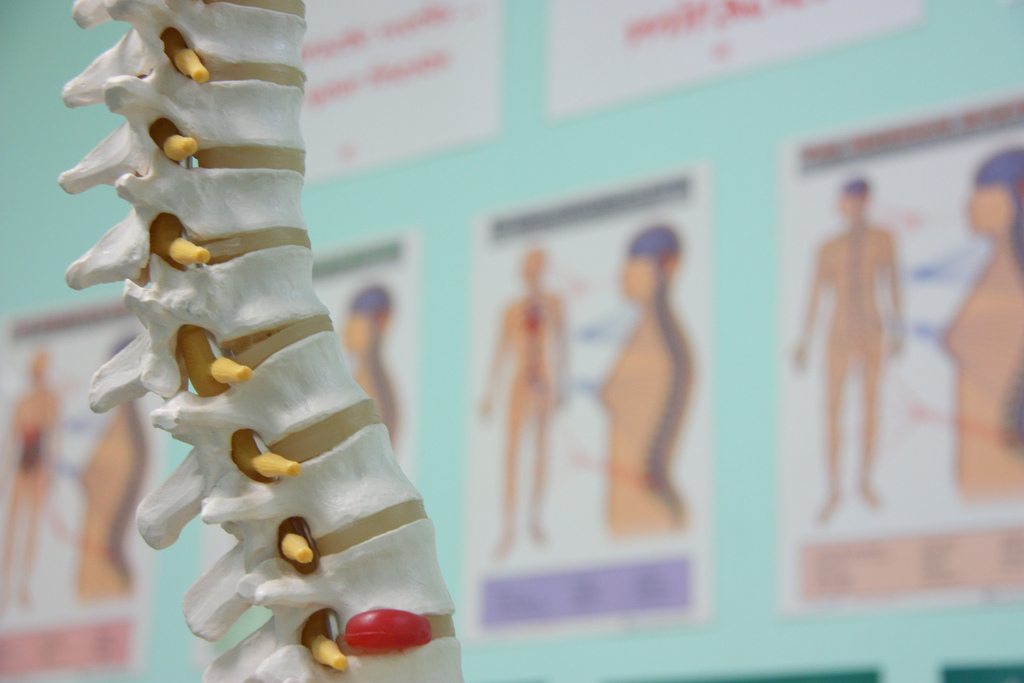One giant leap for neurology
In July 2010, Darek Fidyka, a Polish firefighter, was stabbed several times in the back with a knife, and was paralyzed from the chest down. Four years later, Darek walks again.
A group of scientists from University College London and surgeons from Wroclaw Medical University in Poland pioneered the crucial surgery that has allowed Mr. Fidyka to walk again. It is a procedure that holds promise for victims of paralysis worldwide and it is a marvel that has been dubbed “more impressive than man walking on the moon”.
The treatment involved the use of olfactory ensheathing cells (OECs) These are cells that transmit sensory smell information between the nose and the brain. OECs were removed from Darek’s own nose using a craniotomy, in the first of two surgeries. The cells were then cultivated in laboratory conditions and in the second surgical procedure, were inserted into the spinal column just above and below the severed site.
But what’s so special about these nose cells? Recently, OECs have attracted a lot of attention, as they retain the ability to promote the formation of new nerve cells into adulthood. In Darek’s spine, they enabled the growth and re-joining of the severed nerve fibres, a phenomenon that was previously believed to be impossible.
More nerve cells were taken from his ankle, to provide a framework across which the OECs could grow and rejoin the spine. Because all the cells were taken from the patient’s own body, any risk of an autoimmune response was eliminated, and overall adverse side effects were minimal.
In the five months following the surgery, Mr. Fidyka had a marked improvement in neurological function. After 19 months, he experienced improved core stability. Now, two years on, he has recovered partial voluntary control over the lower extremities, as well as improvements in sensation. Following rigorous therapy, he has now taken his first steps with the aid of a frame. He has also reported a progression in bowel, bladder and sexual function.
In response to his recovery, Mr Fidyka stated that “When you can’t feel almost half your body, you are helpless, but when it starts coming back it’s like you were born again.”
Professor Geoffrey Raisman, leader of the UCL neurology team who discovered the technique said “We believe that this procedure is the breakthrough which, as it is further developed, will result in a historic change in the currently hopeless outlook for people disabled by spinal cord injury.”
But has he spoken too soon? This breakthrough has opened up a debate for sceptics and critics to sink their teeth into. Dr. Simone Di Giovanni, chair in Restorative Neuroscience for Imperial College London warns researchers, “extreme caution should be used when communicating these findings to the public in order not to elicit false expectations on people who already suffer because of their highly invalidating medical condition.”
The scientific and medical community understand that this is a big step in a long process. But the first steps of a paralyzed man due to the cells in his nose, lead us to question our ability to manipulate the mechanics of the human body.
These are mechanics that evolution has taken millions of years to engineer, but that science has been able to command in a matter of decades. So can science really reach into what we believed was impossible? If so, then this may indeed be a ‘scientific miracle’ and we must ask ourselves – what comes next?

Comments